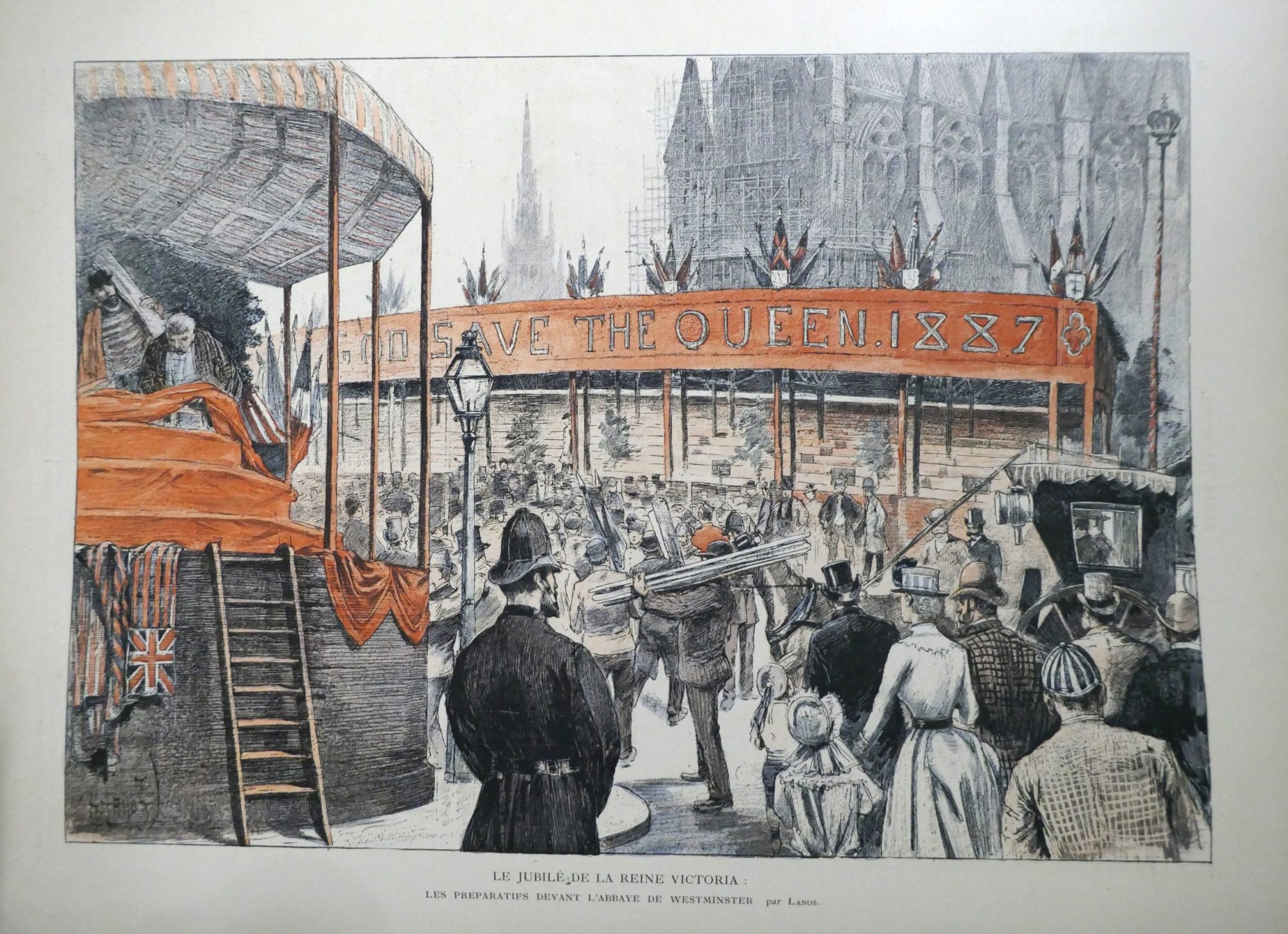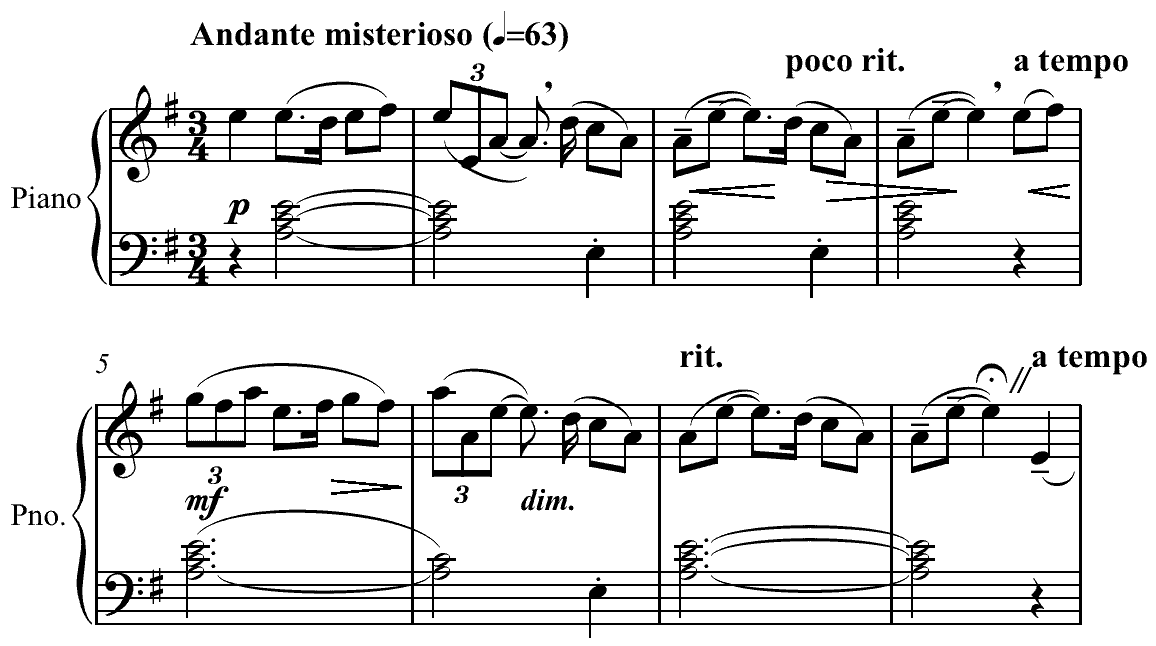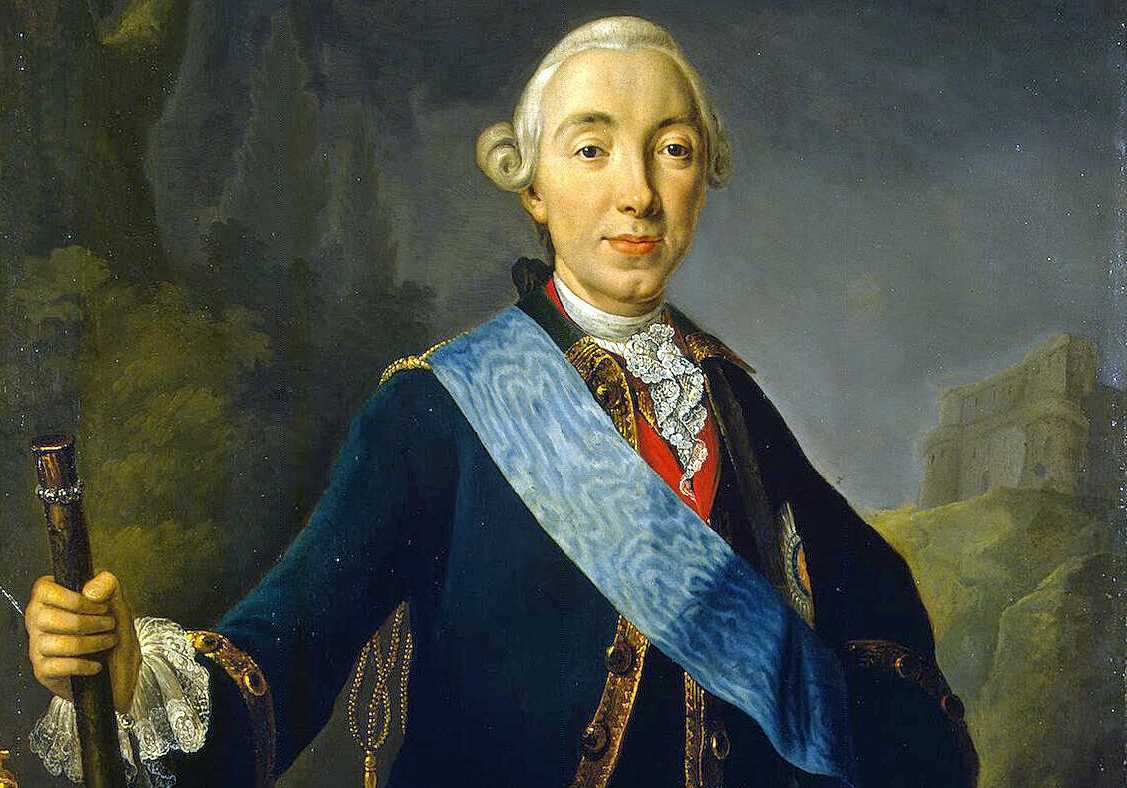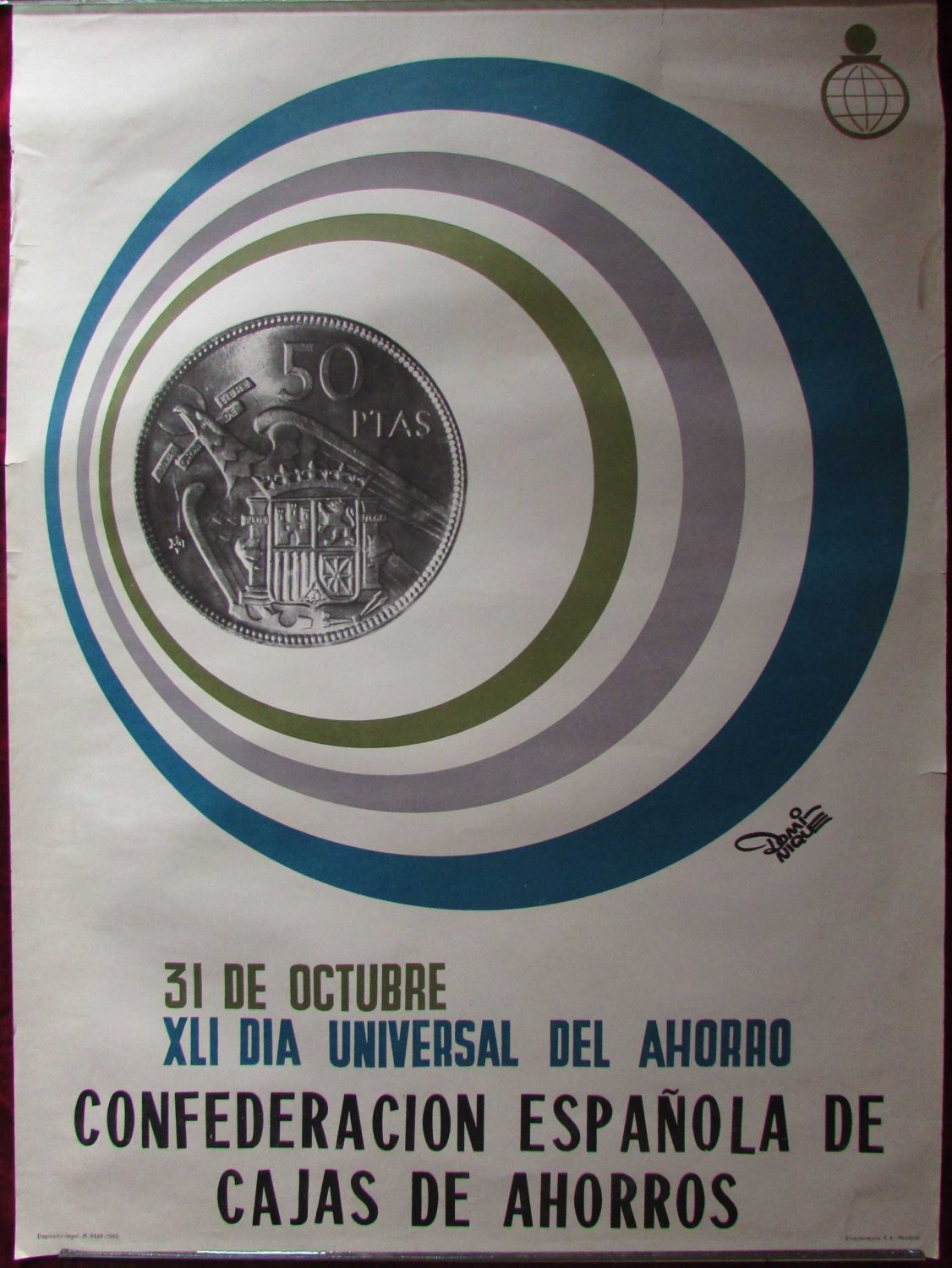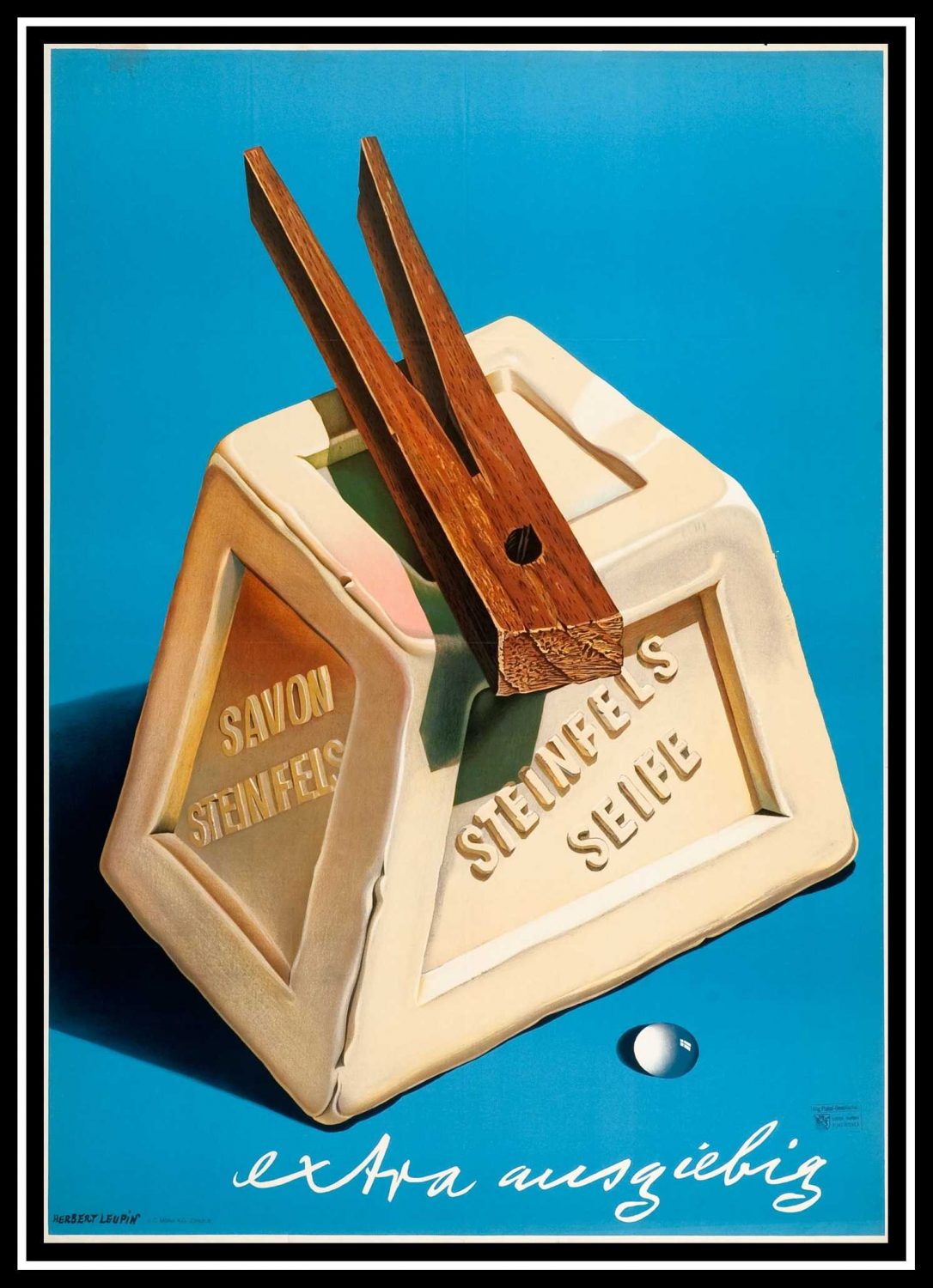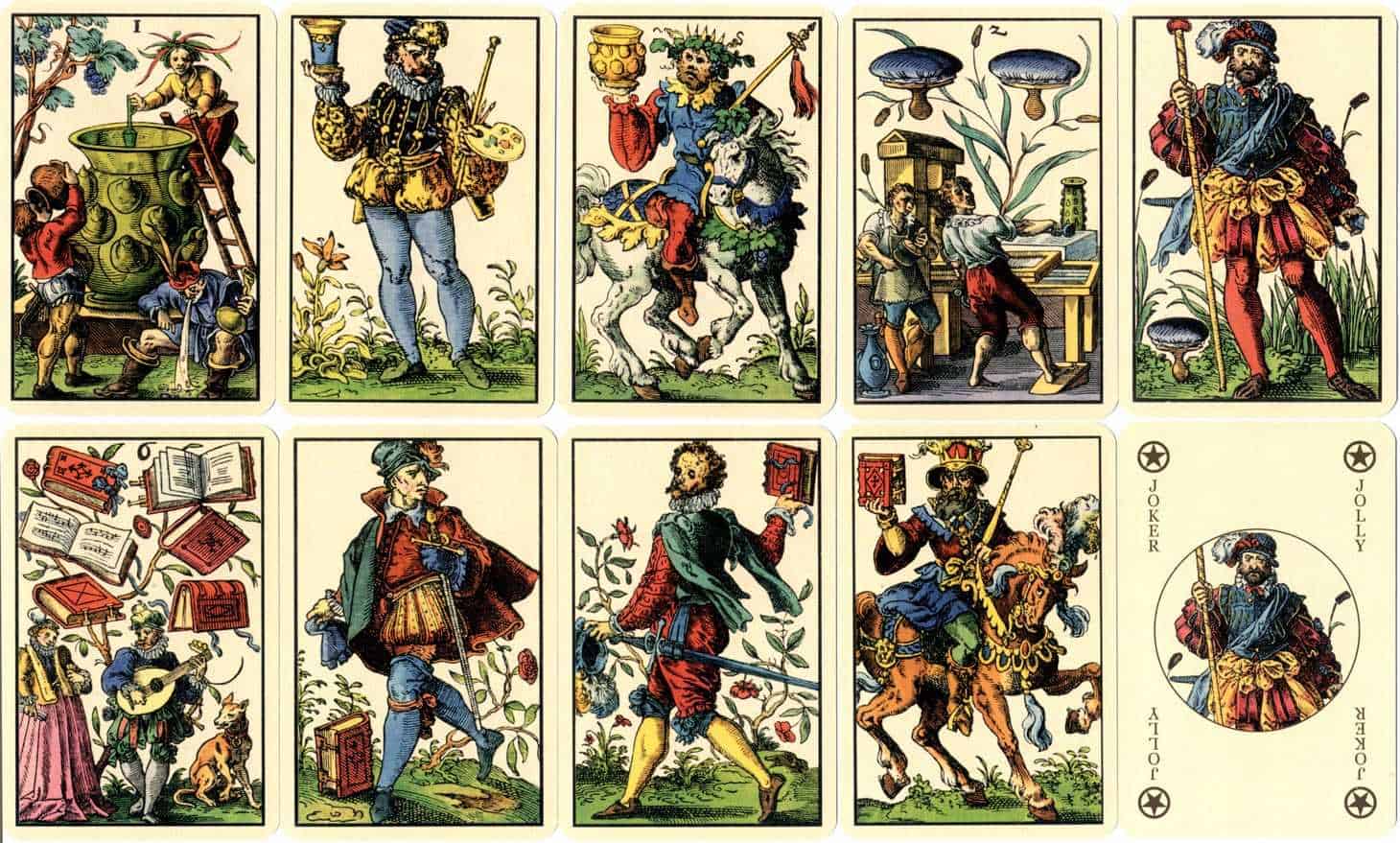History of Paper: Gutenberg’s Revolution
In our last article, we have discussed the history of the written word and paper production, now it’s time to continue our journey up to the discovery of the press – notably, the Gutenberg press. While the very beginnings have their roots in Asia, the modern conception of the written word lead us back to Europe.
History of Paper in Europe
The first documented paper mill in the Iberian Peninsula was in Xàtiva in 1151. The art of making paper came from the Muslim world to the Iberian Peninsula. Thereupon, it spread from across France, Northern Italy, Germany, Holland, etc. France had a paper mill by 1190, and by 1276 mills were established in Fabriano, Treviso, and other Italian towns by 1340. From there, paper mills spread to Troyes, France by 1348, in Holland sometime around 1340–1350, in Mainz, Germany in 1320, in Nurnberg by 1390, Switzerland by 1432. The first mill in England wasn’t set up until 1490. Due to their noise and smell, the medieval law required paper mills to be erected outside of the city perimeter.
Gutenberg’s Printing Press
The introduction of paper mills that ran on water power impacted the most revolutionizing moment in bookmaking: Gutenberg’s printing press. A printing press is a device for applying pressure to an inked surface resting upon a print medium (such as paper or cloth), thereby transferring the ink. Around 1440, Johannes Gutenberg introduced the printing press to the West in the Holy Roman Empire.
Gutenberg made quite a few innovations in the process of printing and perfected existing ones:
- Gutenberg greatly improved the process by treating typesetting and printing as two separate work steps.
- A goldsmith by profession, he created his own type pieces from a lead-based alloy which suited printing purposes so well that it is still used today!
- He found the formula for an oil-based ink suitable for high-quality printing with metal type.
- Gutenberg’s invention of a special hand mold, the matrix, further pushed the mass production of metal letters.
- For printing material, he used both paper and vellum (high-quality parchment).
The first major book printed by Gutenberg with the use of these new techniques was the famous “The Gutenberg Bible”. Widely praised for its high aesthetic and artistic qualities, the book has an iconic status. Written in Latin, the Catholic Gutenberg Bible is an edition of the Vulgate, printed by Johannes Gutenberg, in Mainz, present-day Germany, in the 1450s. Forty-eight copies, or substantial portions of copies, survived. They are considered to be among the most valuable books in the world. Although, no complete copy has been sold since 1978. We won’t tell you what was the price at the time. However, if you were to divide the total price by the number of leaves to get the estimate of one leaf, the result would be something shy of $3.300 per leaf. Inflation and taxes not included.
The Gutenberg Revolution
The printing press that Gutenberg presented to Europe started the “Printing Revolution”. Also known as the “Gutenberg Revolution”, a boom inflow of ideas and information facilitated by the printing press. Due to the press, ideas and information circulated much faster. Consequently, their demand grew along with the rise of the middle class. Quality changes in the process of printing ensured quantitative growth in book production. As an example, by 1500, the printing presses in operation throughout Western Europe had already produced more than twenty million copies.
Some social scientists even believe that the widespread of the printed book made a crucial impact in forming European Nations. One of them is Benedict Richard O’Gorman Anderson, historian, and political scientist. He’s mostly known for his work “Imagined Communities”, which explored the origins of nationalism.
He introduced the notion of “print capitalism”, an idea in Imagined Communities. It points out the obvious fact that printers of the post-Gutenberg world needed to sell more books in order to make more profit. For that purpose, they started printing books in vernacular/vulgar language in order to maximize circulation. This was unheard of, as books have thus far been in exclusive script languages, such as Latin. Readers of various local dialects could now understand each other. The standardization of language became much easier and a common discourse emerged. This was a true turning point.
Photo (1) property of http://www.lambethpalacelibrary.org/



